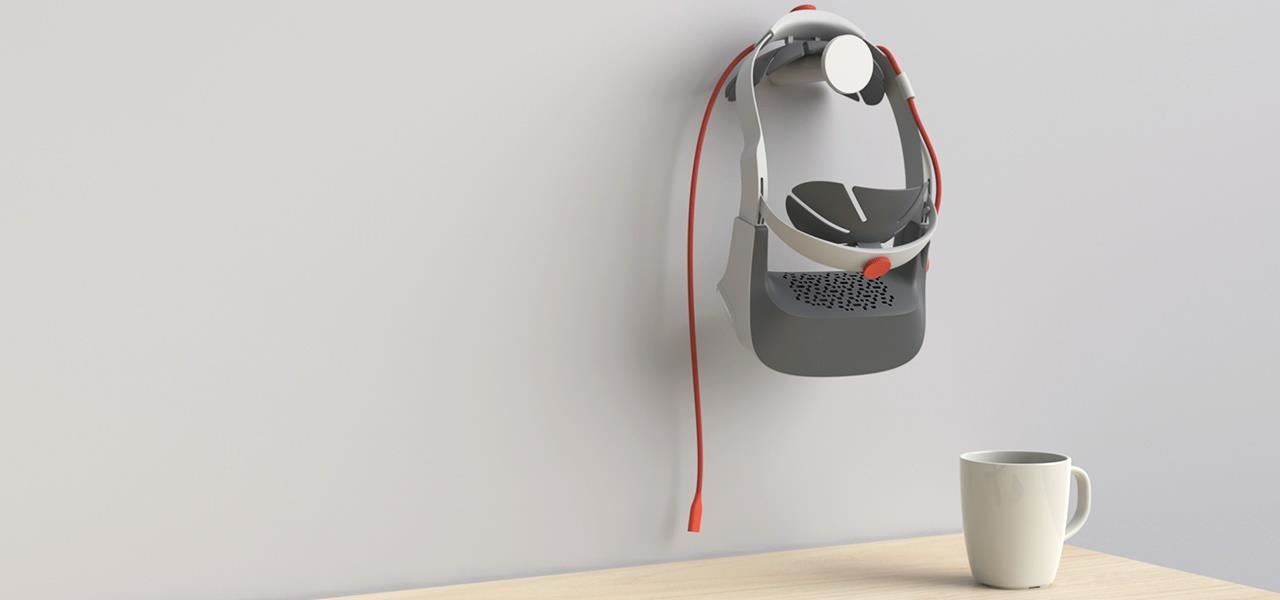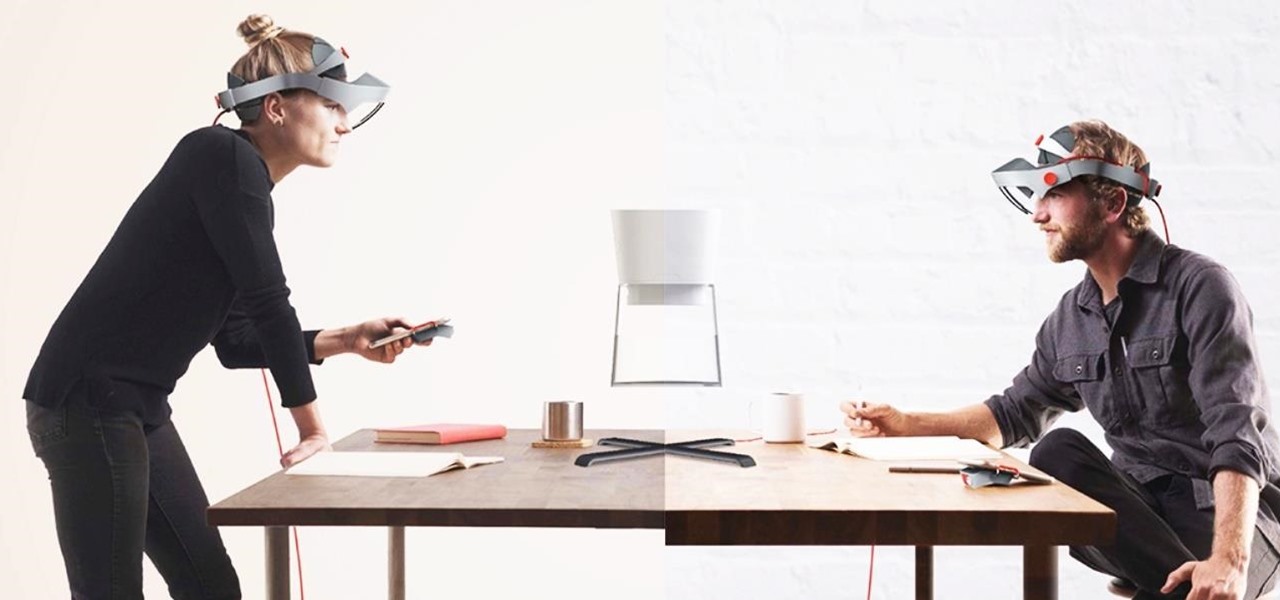The mission to rise above the fray to become a leading player in the augmented reality business is a moving target that depends on innovation, resources, and timing.
Last week, Campfire took advantage of these remote-centric times to introduce a new AR product to the market that could change how many of us work.
• Don't Miss: Campfire AR Headset Emerges from Stealth to Offer 3D Collaborations for Enterprise & Design Teams
The team is lead by CEO Jay Wright, the person who took over at the newly formed Meta View when it rose from the ashes of the now-defunct Meta Company. But that's all history, as the new team has developed a completely different AR system and philosophy designed to capture a very specific part of the market.
We returned to Twitter Spaces once again to hold a public conversation with Wright to find out exactly what he has planned in terms of competing with existing AR solutions, leveraging some of the assets of the old team, and how the Campfire device was developed in stealth over the past couple of years.

You can read an excerpt of the conversation below. To listen to the entire chat, check out the video at the bottom of this page.
Adario Strange: I think people should know your background, because you're not a newcomer to this space (Qualcomm, Vuforia, PTC). What do you bring from your background with regard to the AR and VR industry?
Jay Wright: I've been in the AR and VR space for about 13 years. And it really started at Qualcomm, where I started the Vuforia group from an early R&D project. So the product grew, it became a separate business unit at Qualcomm. And then, in 2015, we sold to PTC, and I went with the group and ran AR at PTC as president of Vuforia. So I've got a lot of experience with the technology stacks and know which kind of pieces do what because we spent a lot of time deep in the tech at Qualcomm. But I think the other thing that was really valuable about the experience was understanding the breadth of different use cases and what the barriers to adoption really are.
Next Reality: Are you okay with talking about what the previous iteration of Campfire was (i.e. Meta Company assets)?
Wright: I think it's important to know that this is not a new iteration. I came upon an opportunity. Somebody reached out to me and said, "Hey, do you want to talk to these VCs who bought the assets of the former Meta Company? And I'd had some experience with Meta Company in the past. I thought the display system on the Meta 2 was fabulous. There were some issues with the rest of the product experience, but I really liked it, so I went and took a look at what those assets were. And there was some interesting stuff there. And, coming from Qualcomm, I appreciate the value of a patent portfolio, especially if you want to build something big.

There was a display system that was sort of a next-generation beyond the magnitude that was ready to go but hadn't been commercialized. And there was also the Meta brand, which I thought probably had positive net equity, but we ended up kind of changing our minds on that one. But anyway, I saw those as pretty important assets or building blocks, and so we joined. But I'd say the assets that we purchased, which were originally developed by Meta Company, are one of a few magical things that we mixed together to realize the experience and products that we've launched with Campfire.
Next Reality: What is your focus? Where are you guys going? What is the primary mission?
Wright: We're focused on collaboration for enterprise, and specifically extending existing 3D workflows. People who are working with 3D today on their flat screens are the folks that we're focused on enabling. We want to give them the ability to share and collaborate on what they're working on with others locally and remotely. And a lot of that has to do with people who are involved in design and engineering and building products. So we're gonna stick in that spot of "how do we take this desktop 3D and expand that and make it really shareable?"
Next Reality: As an old school Apple devotee, I was really excited to see Frog involved, at least as a test company, for the system. Did they have any hand in the design of the headset or of the system itself?
Wright: We got Frog involved really early. There are probably half a dozen companies that I wanted to get close to early. And because we're gonna focus on design, I wanted to come out of the gate with some of the world's best designers. So we engaged with Frog, and when we came to Frog, we had a prototype of the headset. I'll probably share some of those pictures of what those prototypes look like [later]… And so we said, "Hey, Frog, make this sensor into something that can just attach to the phone, and they did that sort of soup to nuts. And then they made some industrial design refinements and enhancements to both the console and the headset to make it all hang together with the same kind of brand aesthetic. We want it to be very approachable, very sort of familiar, yet futuristic, and utilitarian. I am just thrilled with the work they did, just thrilled.
Just updated your iPhone? You'll find new features for Podcasts, News, Books, and TV, as well as important security improvements and fresh wallpapers. Find out what's new and changed on your iPhone with the iOS 17.5 update.























Be the First to Comment
Share Your Thoughts